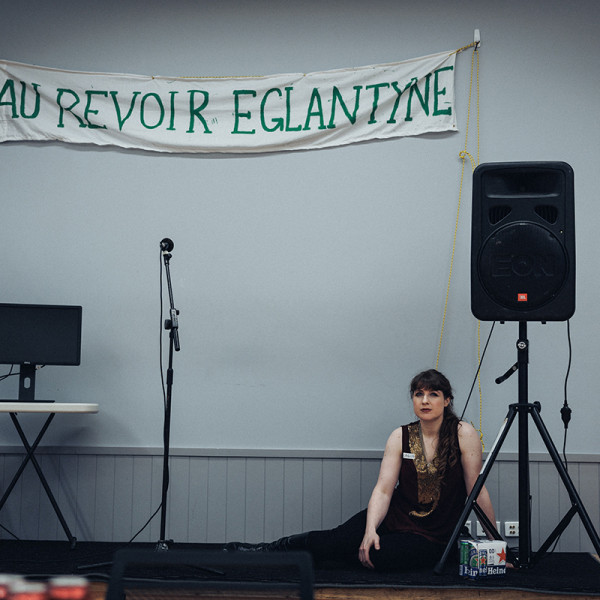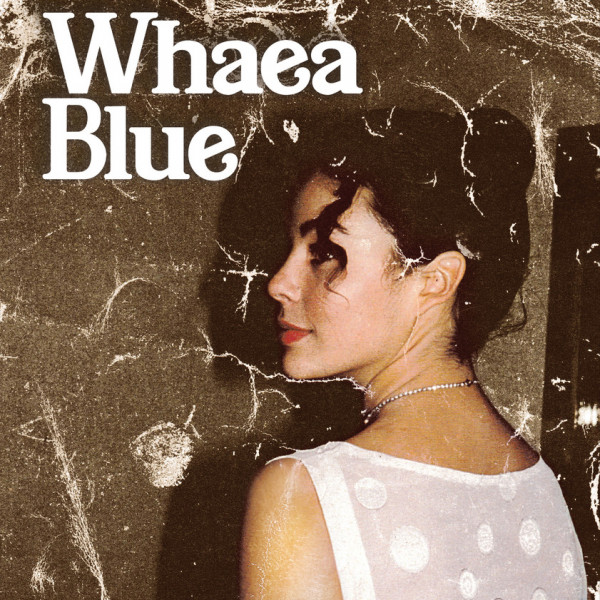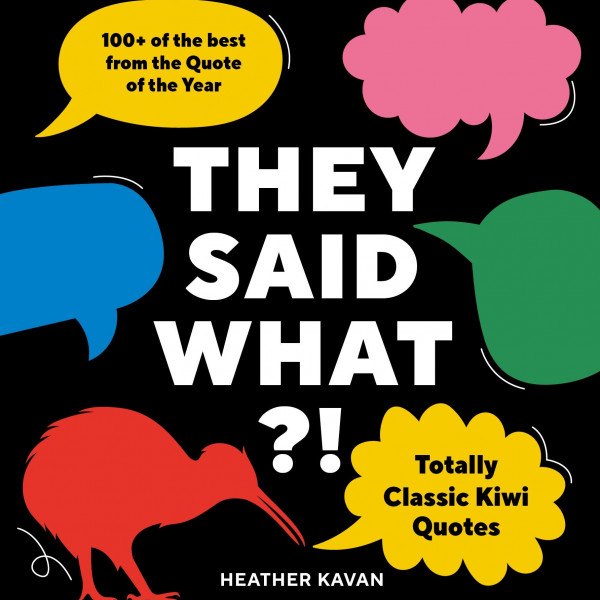
ORO MĀIA
Directed by: Ngapaki and Teina Moetara
The Opera House, 19th Oct 2024
Reviewed by: Ruth Corkill
On as part of the 2024 Wellington Jazz Festival, ORO MĀIA is a night of poetry, music, and performance that showcases te reo Māori translations of the work of African American writer and activist Dr Maya Angelou. Maarire Brunning-Kouka leads a seven-piece band, who are joined on stage by the formidable Maisey Rika, Miriama McDowell, Mere Boynton, Erena Koopu, and Tuakoi Ōhia. These five make their entrance from the back of the theatre in a chorus of unnerving laughter, and make their way slowly to the stage, in full command of the space. It’s a fitting opening to a night that revels in the power, joy, and unflinching beauty of Angelou’s poetry.
The translations have been taken from He kupu nā te māia: He kohinga ruri nā Maya Angelou, a new book from publishers Kotahi Rau Pukapuka that contains a selection of Angelou’s poems, translated into te reo Māori by 34 wāhine from across Aotearoa. The translators are all graduates from Te Panekiretanga o Te Reo (The Institute of Excellence in Māori Language).
As the performers share the poems, at times through dramatised spoken word, at times singing alone or in chorus, they embody all the shifting moods of Angelou’s writing, moving deftly between the wit, defiance, sexiness, and wisdom. They are supported by apt original music from Maarire Brunning-Kouka. The music and styling fittingly speak to the legacy of American jazz and soul traditions but are also undeniably Māori and contemporary.
It’s always a joy to return to Angelou’s writing, and it feels like an immense privilege to do so with a creative team and ensemble of performers who so profoundly understand her voice. Like the poetry at its centre, ORO MĀIA is powerful, joyful, and life affirming.





















